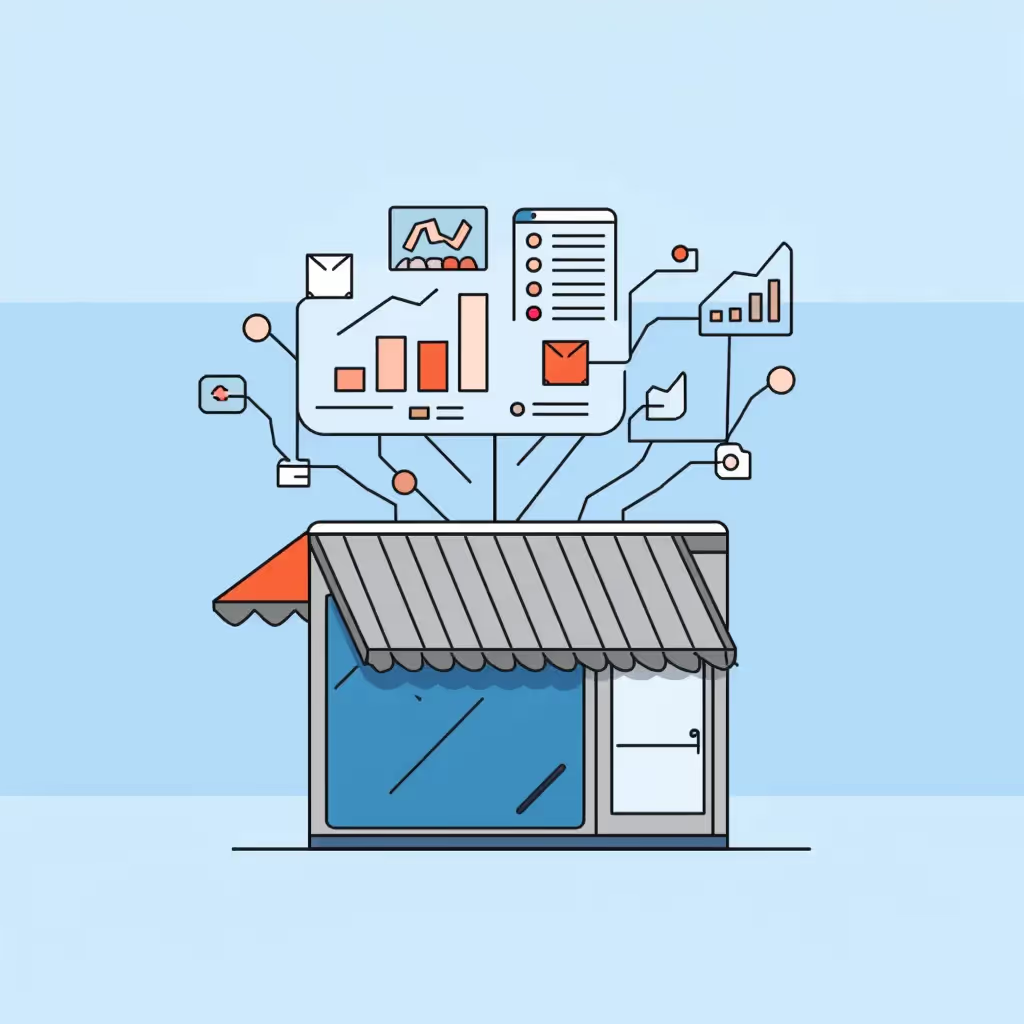In late 2022, Nike reported holding $9.7 billion in excess inventory, an increase of 44% from the previous year - a figure demonstrating just how tough inventory management can be, even for one of the world’s biggest brands. In spite of its sophisticated predictive algorithms and a leading distribution network, it struggled to align its vast inventory with rapidly shifting consumer preferences and spending patterns. This resulted in an inventory crisis that lasted into 2023, forcing the company to pursue aggressive discounting, announce a $2 billion cost-cutting program, and lay-off employees. Nike stock plummeted 12% in a single day following these measures, as gross margins dropped from 45.9% to 42.9% year-over-year.
The scale of Nike’s challenge is noteworthy, particularly because of the company’s investments in digital supply chain transformation initiatives. Nike was one of the first major retailers to implement Radio Frequency Identification (RFID) technology across all products, operates a customized SAP system for enterprise resource planning, and uses IoT sensors in warehouses.
Despite these advanced systems, the company faced the fundamental retail challenge of inventory optimization, especially when there are major market disruptions: having the right products in the right places at the right time.
The misalignment between inventory and demand isn’t unique to Nike. According to research conducted by the Auburn University RFID Lab, the average retailer’s inventory is only 65-75% accurate at any given time – meaning that for every four items shown in stock, one might not actually be available. The problem becomes even more complex in an omnichannel environment, where inventory must be tracked and managed across physical stores, e-commerce platforms, and multiple fulfillment centers simultaneously.
In the complex ecosystem of modern retail, managing inventory across multiple locations while maintaining optimal sales performance has become increasingly challenging. Major global retailers - from Walmart in the USA, Marks & Spencer in England, or even Carrefour across the EU - often juggle thousands of SKUs across massive retail networks, creating a tsunami of data that traditional data environments and stacks struggle to manage effectively.
The fundamental challenge lies in the sheer complexity of modern retail operations. A single product’s journey now spans multiple touchpoints - from warehouse shelves to store displays, e-commerce platforms, and even social media shopping interfaces. Selling in an omnichannel reality has created an unprecedented need for real-time visibility into both inventory movements and sales performance.
The Data Clarity Crisis in Retail
Traditional retail operations often suffer from data blind spots. Store managers might not know about incoming shipments until they arrive. E-commerce teams might oversell products due to delays in inventory updates, often due to lags in data pipelines. While they might seem minor individually, these disconnects cost retailers billions annually in lost sales, overstocking, and inefficient operations.
It is currently estimated that the global retail industry loses approximately $1.75 trillion annually due to out of stock items, representing about 8.3% of total retail sales.
Traditional Data Monitoring Falls Short
Traditional data monitoring systems are increasingly inadequate for modern retail operations because they suffer from several critical limitations:
- Batch Processing Delays Most legacy systems rely on batch processing, often running updates every 24 hours or even weekly. In today's fast-paced retail environment, where customers expect real-time inventory information, these delays can lead to significant discrepancies between reported and actual stock levels.
- Data Silos and Integration Gaps Traditional systems typically operate in silos, with separate databases for in-store inventory, e-commerce stock, and warehouse management. These silos create integration challenges and often require complex ETL (Extract, Transform, Load) processes that introduce latency and potential points of failure.
- Limited Data Quality Controls Legacy systems often lack sophisticated data validation mechanisms, leading to "garbage in, garbage out" scenarios. Without automated data quality checks, errors in inventory counts or sales data can propagate through the system unchecked. This also makes it hard to put in place data contracts between different teams to hold data to an agreed-upon level of quality.
- Reactive Rather Than Predictive Traditional monitoring focuses on historical reporting rather than predictive analytics, making it difficult for retailers to anticipate and prevent inventory issues before they occur
A New Way Forward for Retail: Data Observability
Data observability – the ability to understand, track, and troubleshoot data systems in real-time – is emerging as a game-changing solution for retail inventory management. This technology brings several critical capabilities to the table:
- Real-time Monitoring Modern data observability platforms leverage event-driven architectures and stream processing technologies like Apache Kafka or Amazon Kinesis to track inventory movements across all channels instantaneously. These systems can process millions of events per second, enabling retailers to maintain real-time inventory accuracy across their entire network.
- Inventory Accuracy Advanced observability platforms employ machine learning algorithms to maintain continuous validation of inventory data. These systems can:
- Detect anomalies in inventory counts using statistical analysis
- Compare RFID scan data against POS transactions in real-time
- Monitor inventory adjustment patterns to identify potential shrinkage issues
- Track inventory accuracy KPIs with confidence intervals
- Demand Forecasting Quality Modern observability platforms integrate multiple data sources to improve forecast accuracy:some text
- Historical sales data
- Real-time transaction patterns
- External factors (weather, local events, social media trends)
- Competitive pricing data
- Supply chain signals
The systems use sophisticated ML models to evaluate forecast quality and automatically adjust predictions based on emerging patterns.
- Inventory Health Metrics Advanced monitoring systems now track comprehensive inventory health metrics through:some text
- Time-series analysis of stock levels
- Automated ABC analysis for inventory categorization
- Dynamic safety stock calculations
- Real-time carrying cost optimization
- Predictive analytics for stock obsolescence
The Next Frontier: AI for Retail Optimization
As retail continues to evolve, the role of data observability will only grow in importance. The next frontier appears to be the integration of more sophisticated AI models, including:
- Reinforcement learning for inventory optimization
- Natural language processing for customer demand signals
- Computer vision for shelf monitoring
- Federated learning for cross-retailer insights
For retailers looking to remain competitive in this increasingly complex marketplace, implementing robust data observability solutions is no longer optional – it's becoming a fundamental requirement for success. Those who embrace these technologies will find themselves better equipped to meet the challenges of modern retail, while those who don't risk falling behind in an increasingly data-driven industry.
The retail landscape will continue to evolve, but one thing remains clear: the ability to observe, understand, and act on data in real-time will be a key differentiator between successful retailers and those who struggle to keep pace with market demands.

.avif)















-p-500.png)
